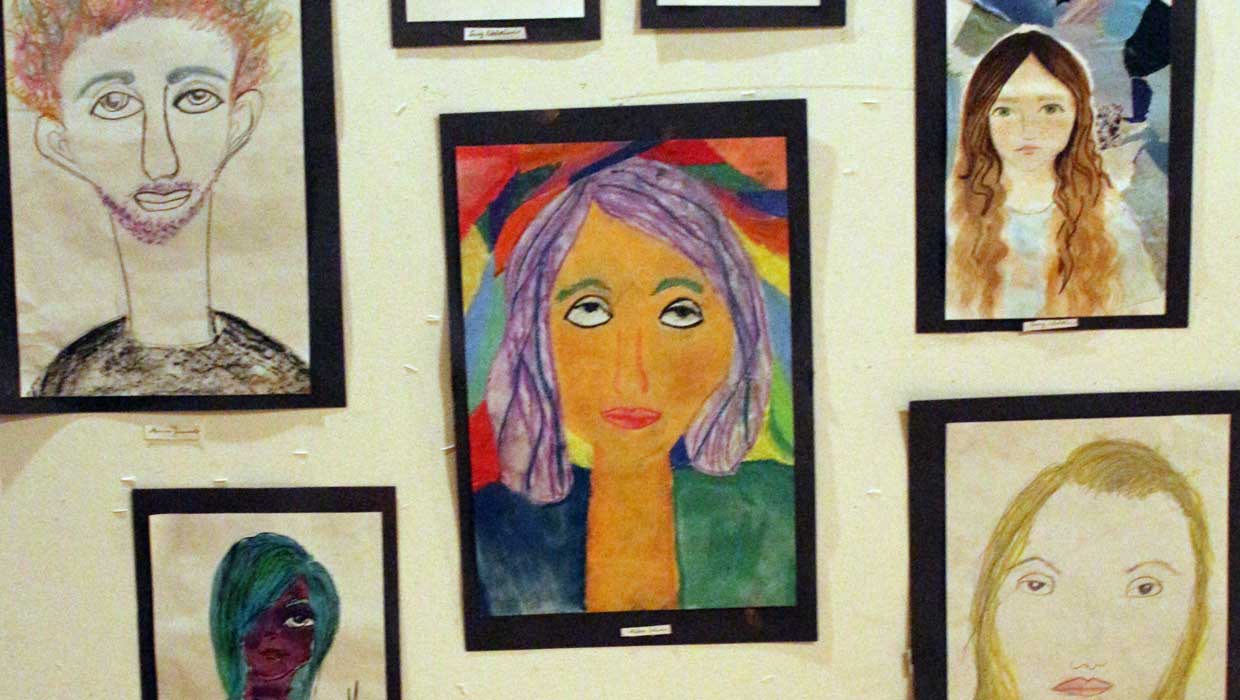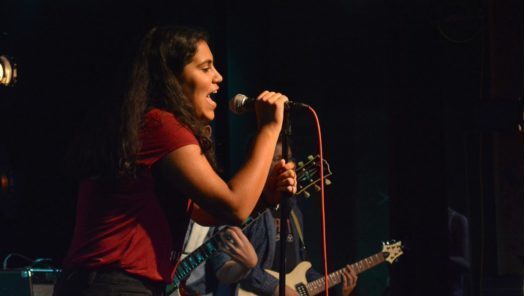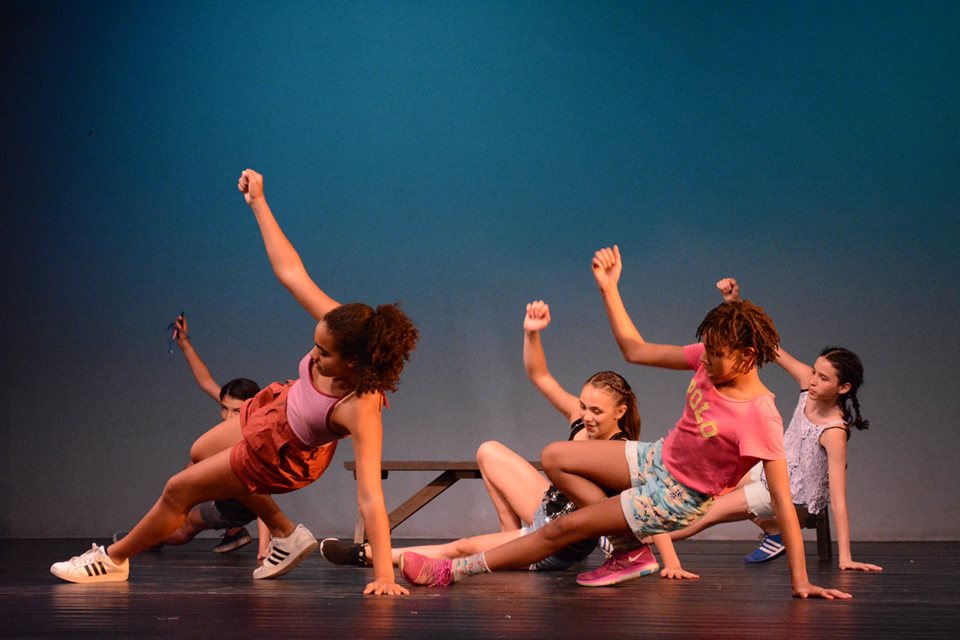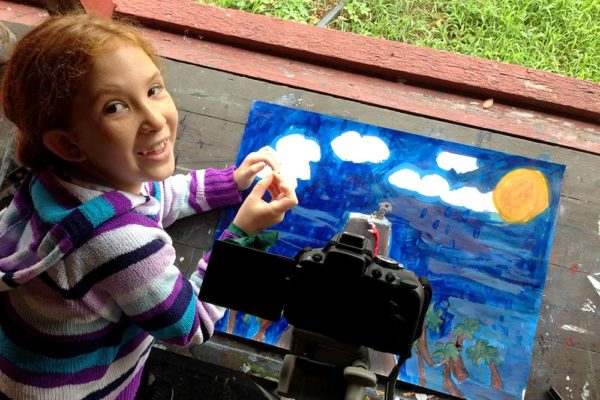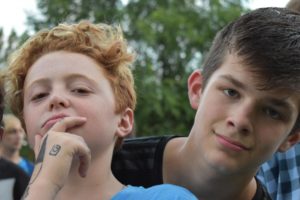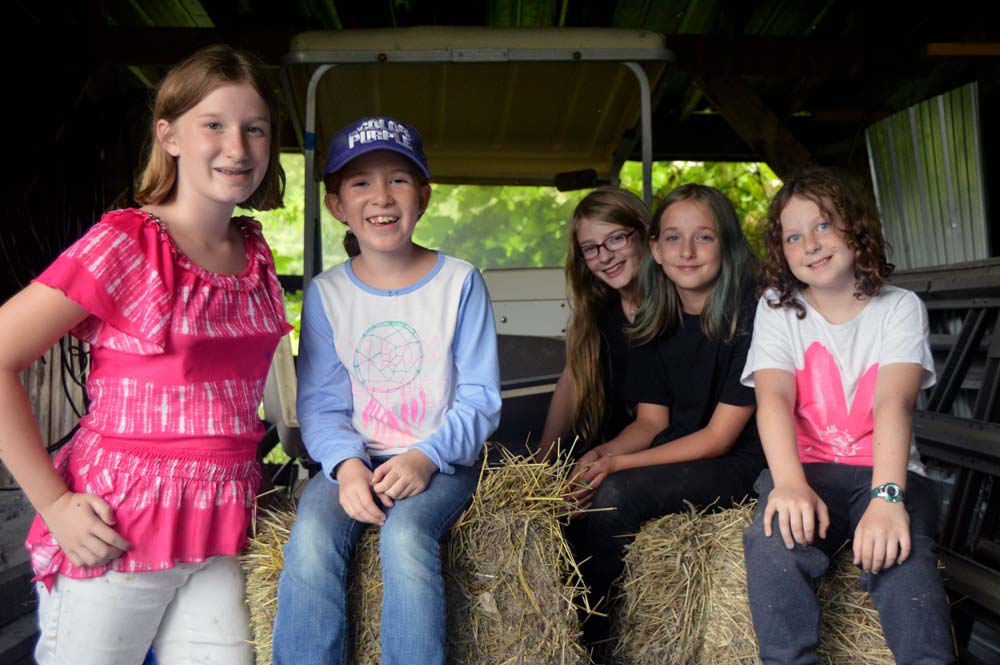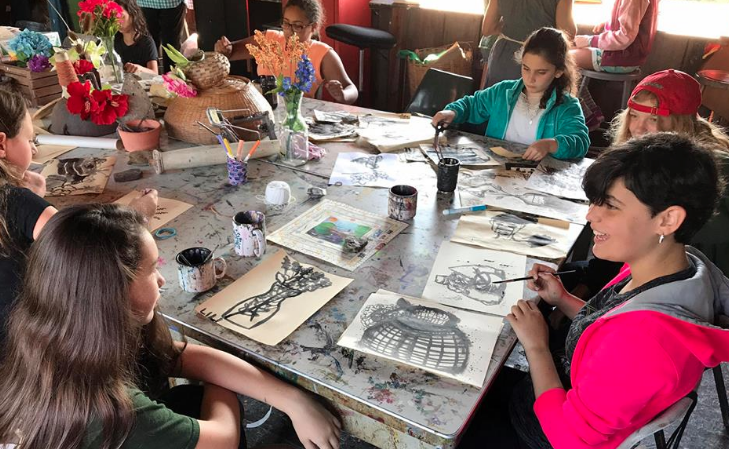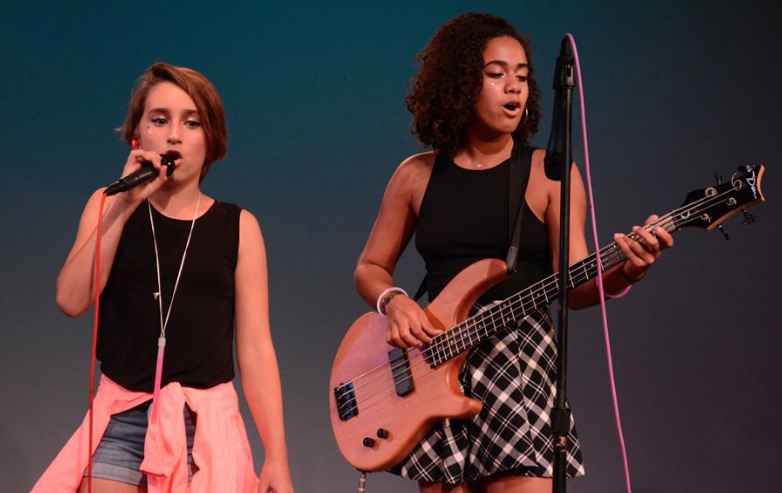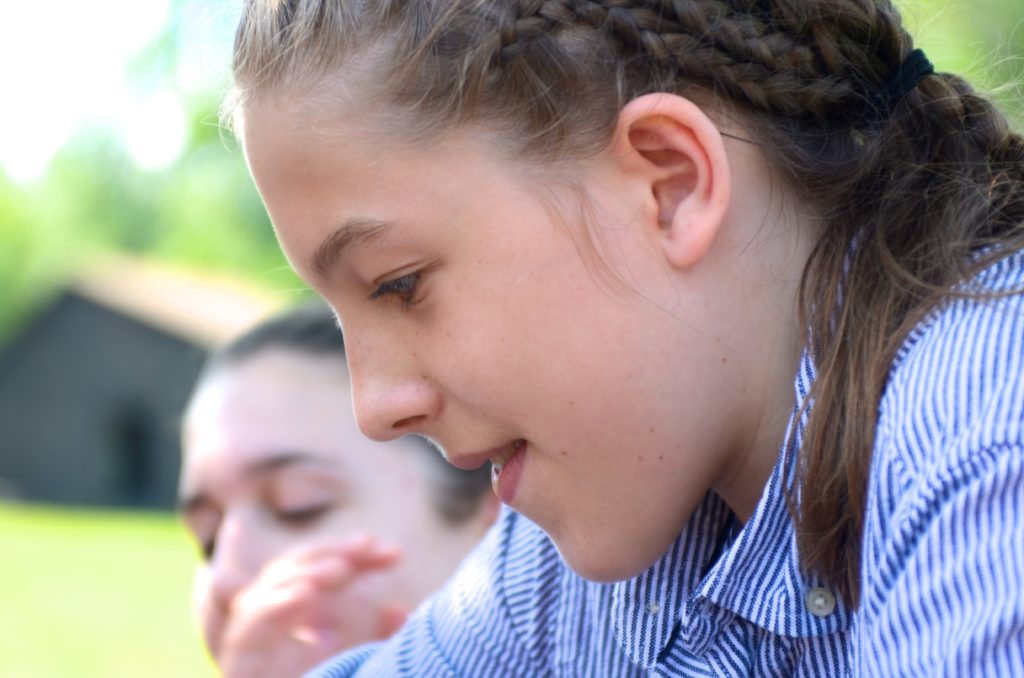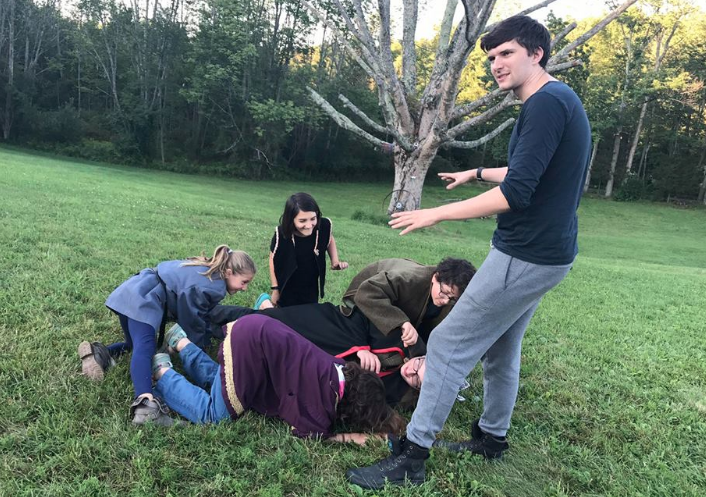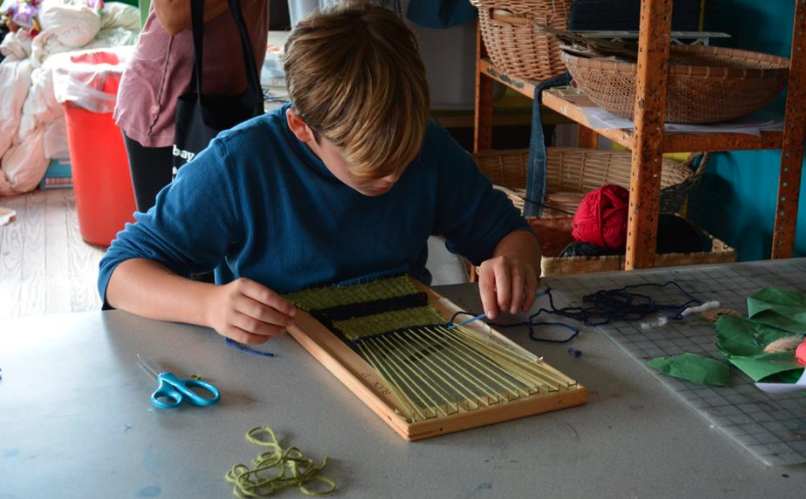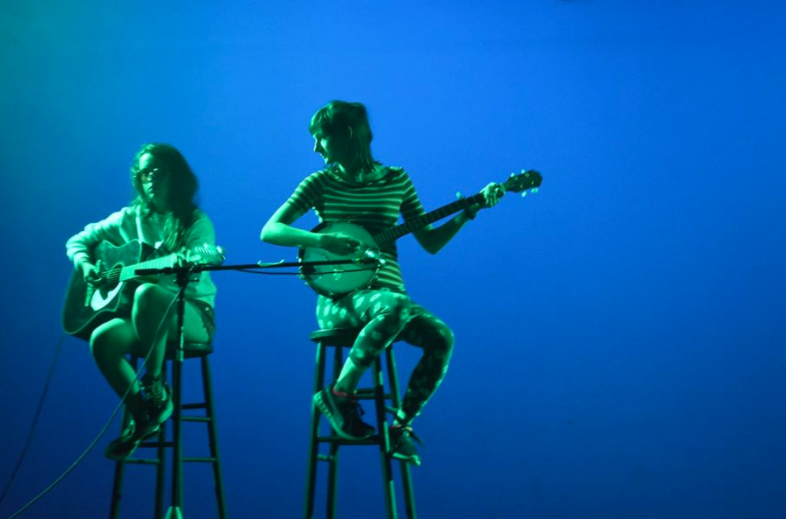Sculpture from Quarantine Series by Ballibay Visiting Artist Janine Sopp
For the last seven months, it felt as if the world has been on pause. Simple things we took for granted like deciding last minute to pop into a Sunday matinee at our neighborhood movie theater, or sitting for a bit too long on your laptop in your favorite coffee shop have become treasured memories. Things we did in the before Covid times. While we, of course, care more about the safety of our communities than these small simple pleasures, that feeling of longing for any semblance of normalcy lingers. And as a community of artists, not being able to join together this summer to do what we do best - collaborate and create with joy and fearlessness, was a real blow. However, just because we were unable to be physically together this summer, our inherent creativity and need to develop new artistic practices did not disappear. Despite the world being on pause, despite the fear and anxiety of living in the world in 2020 - we had to do what we were made to do. Make art. We reached out to some members of the Ballibay community to see the kind of art they had been making this year, and where their inspiration to create was stemming from during these unprecedented times.
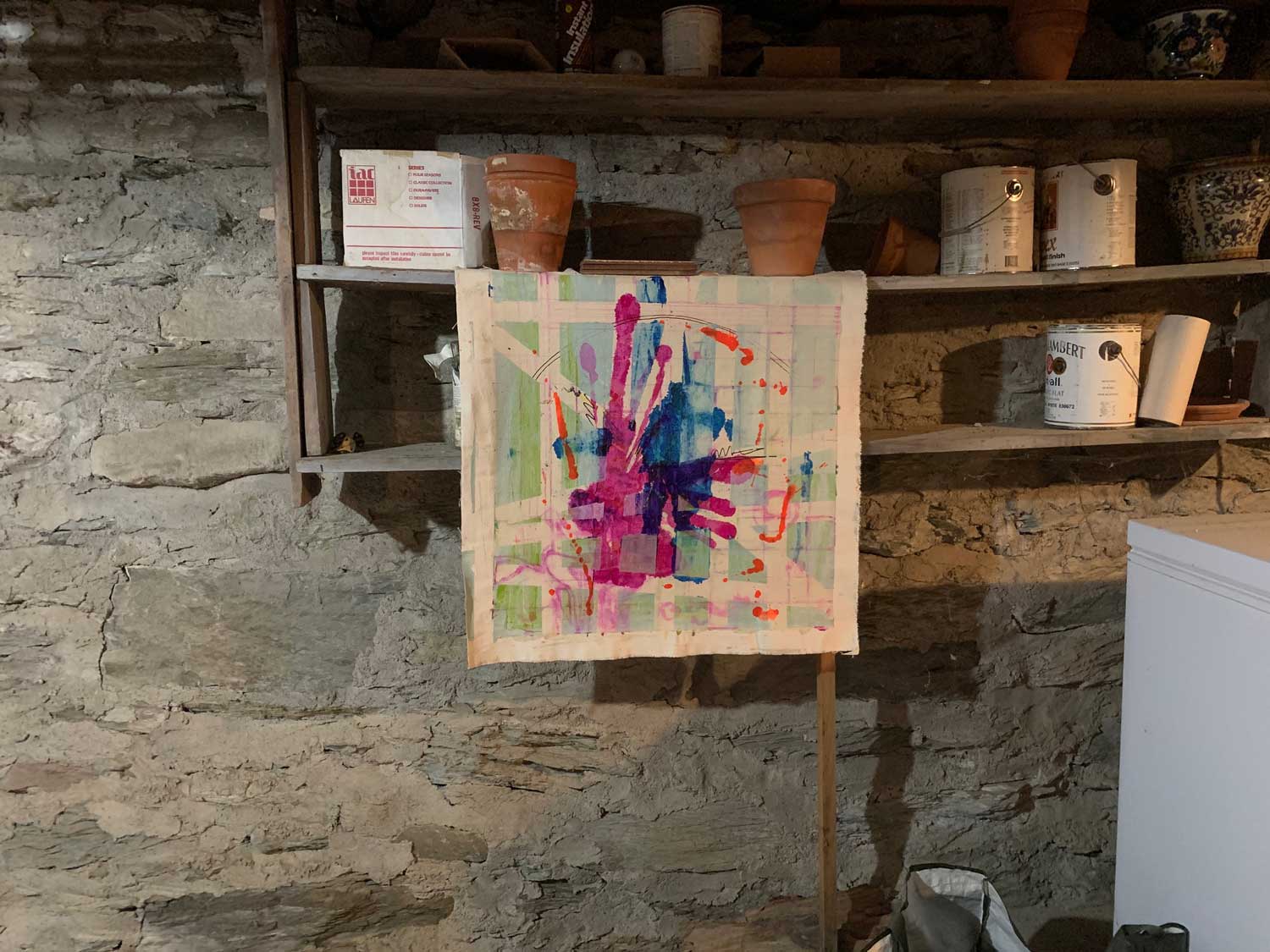
Abstract painting by Ballibay's Head of Visual Arts Sara Galkin, April 2020
The head of our visual arts program, Sara Galkin, decided, like so many of us to leave New York City temporarily. She relocated with her family to Vermont to have a little bit more space. While they were given more physical living space, Sara’s art-making space had suddenly become much smaller, especially in the colder months when she was unable to work outside. While in Vermont, she reexamined her own artistic practices amidst the pandemic.
“It has been more challenging than I thought it would be to keep the connection to my creativity. I was working smaller because my space to create was smaller, with more restrictions. I was finding that this smaller space was not only limited to the size of canvas I was working on but the way in which I work. Generally, I am very messy. Getting lost in the moment has always been a fundamental part of my process. This freedom of open expression is critical to my practice. In this smaller space, I felt constricted, but new work was being created because of it. I was able to set up a workspace in the basement in April, with very little natural light and I made a few pieces using and ink. In the warmer months of July, I set up space outdoors in a barn adjacent to the house with natural light where I could work with oils. You can see the difference in the artwork created between April and July. It was an interesting and exciting new exploratory phase.”
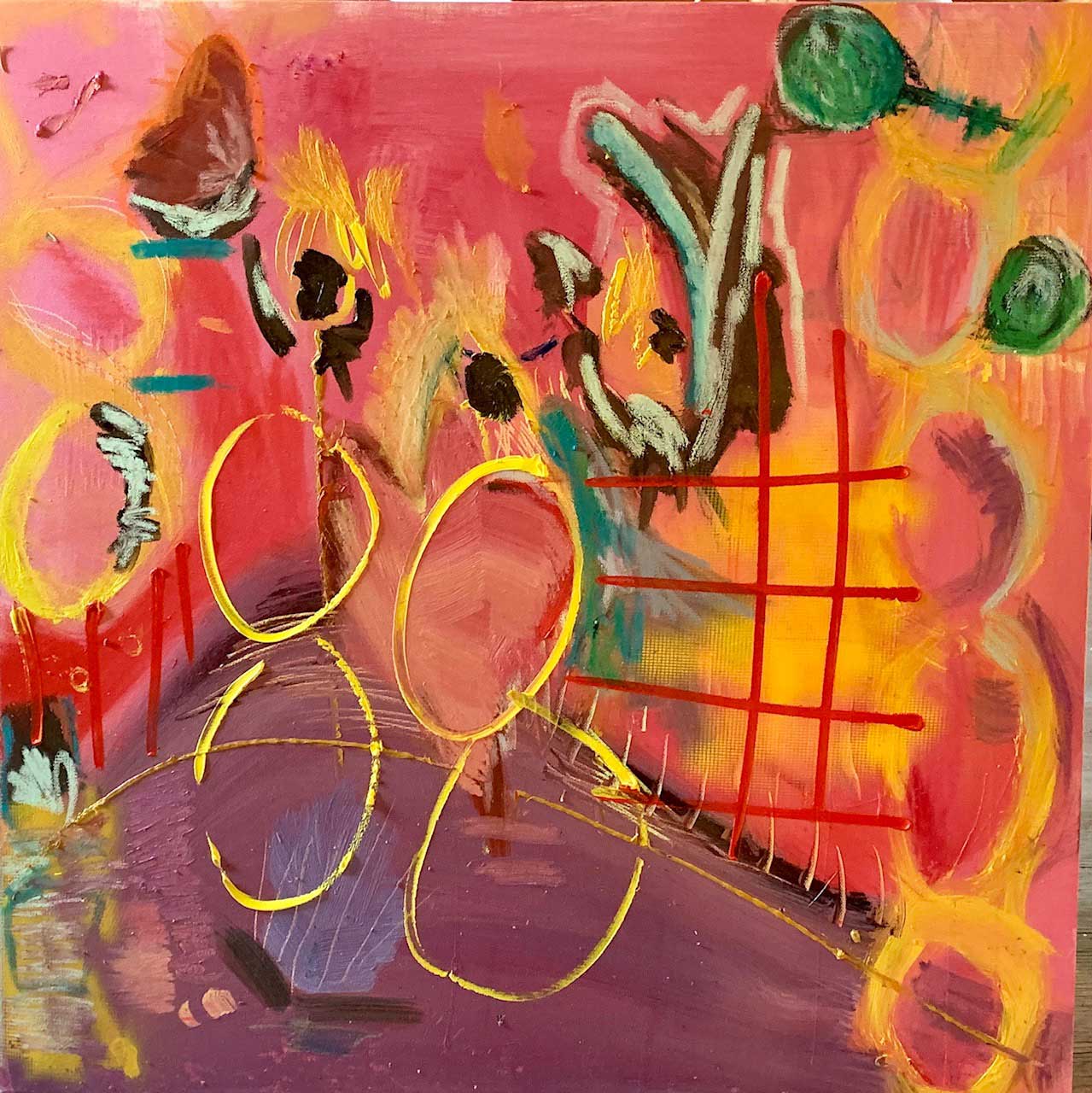
Abstract painting by Ballibay's Head of Visual Arts Sara Galkin, July 2020
Our head of Technical Theater, Dustin Druckman, also kept himself busy during the shutdown. Dustin is currently the Technical Coordinator at the Marathon Center for the Performing Arts which, like so many live performance spaces around the world, had to unexpectedly cancel the remainder of their season. But Dustin was still able to think outside of the box to continue his creative practices.
“A lot has changed for me since March. With my work at Marathon put on hold, it just so happened that the University of Findlay needed a technical director and someone to teach an intro to stage technology class, and all of a sudden I had more free time. With the university, we are doing two shows this semester. The first was an improv show that we streamed. The performers all wore masks and the staged was marked off at 6ft increments and was played as another game making all the performers stay apart from each other. It was very funny. The second show is a staged radio drama of It’s a Wonderful Life. I am doing the set and lighting design. Radio Dramas are perfect for this Covid time since they were performed without a live audience anyway!”
Dustin has also been working on some visual art in his time away from the University of Findlay, inspired by work he created with campers in 2019 at Ballibay!
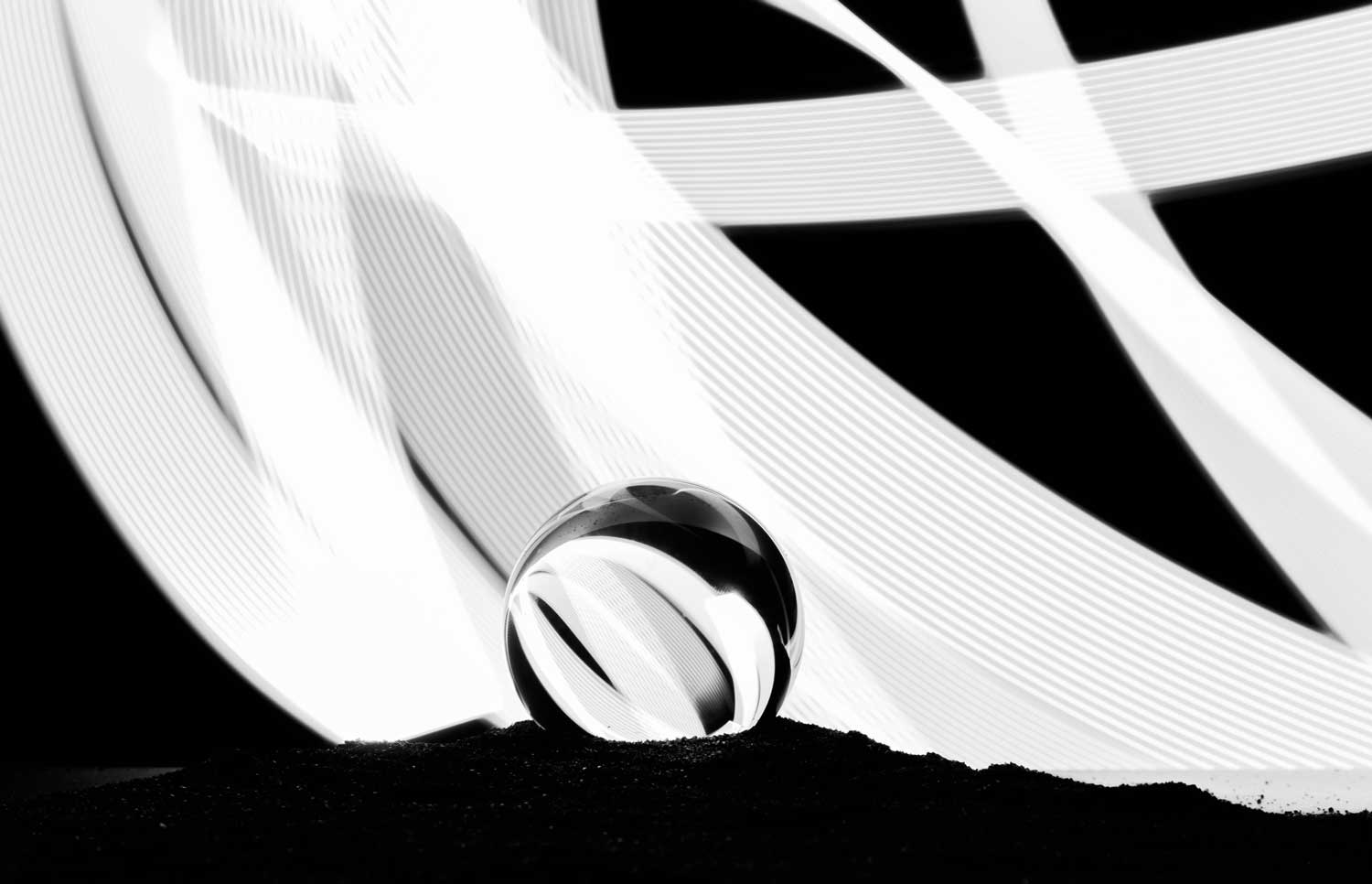
Light Painting Photography by Ballibay's Head of Technical Theater, Dustin Druckman
“I have been working on some more of my light painting which was a project I actually started at camp last summer with some of the campers on jam night. I honestly think the biggest thing I’ve learned about my craft this year is how much I need it in my life. I’m not going to say I was going crazy without a good artistic outlet but at times it felt like I was. It was an excellent reminder that I love what I do every day and that I can’t wait to get back to it no matter how stressful and how many long hours I have”

Light Painting Photography by Ballibay's Head of Technical Theater, Dustin Druckman
And just as our staff has been staying creative during this time, so have our campers! Kya Parris who has been a camper at Ballibay for five summers has stayed exceptionally busy during this time, exploring all types of artistic mediums.
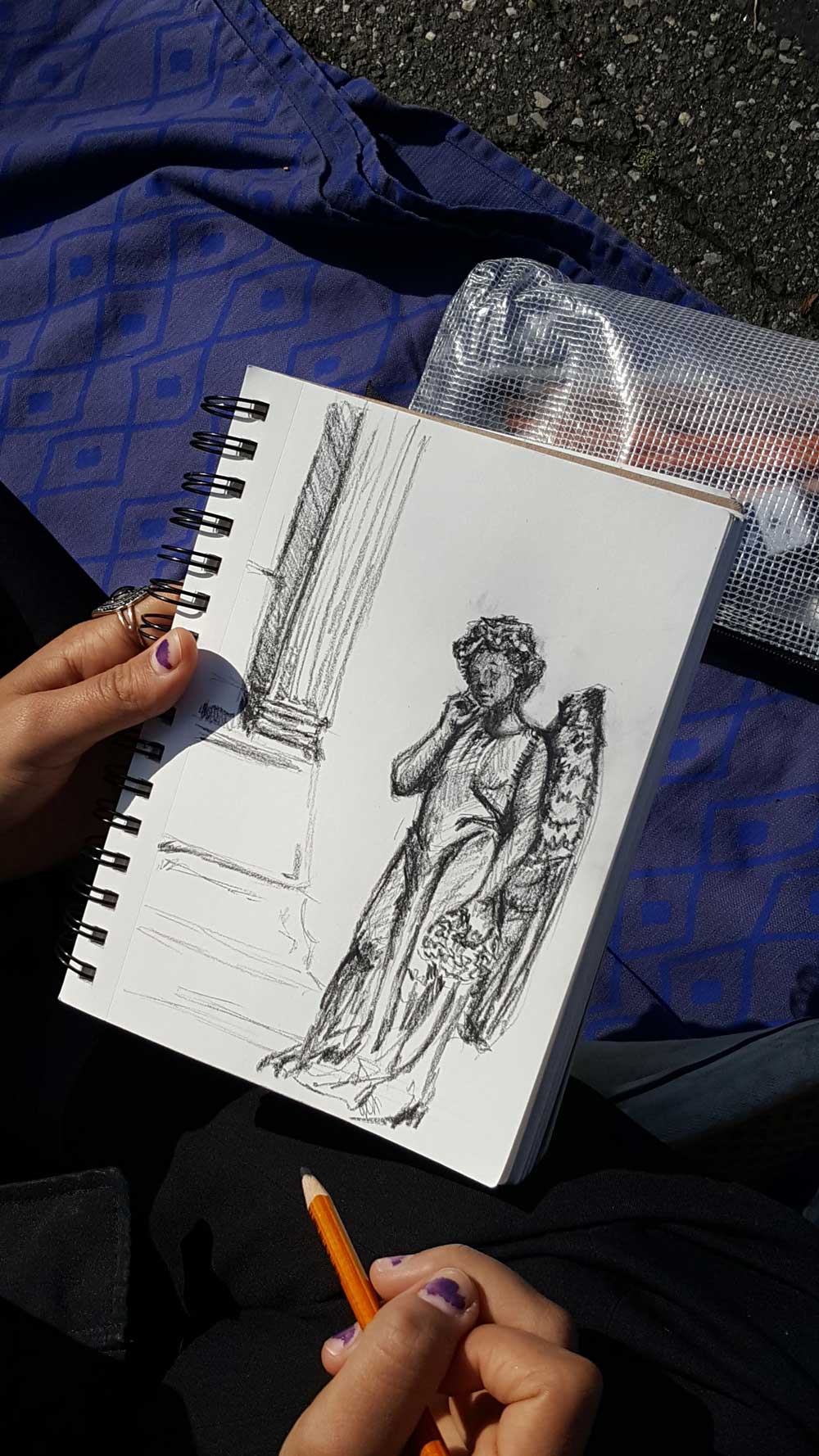
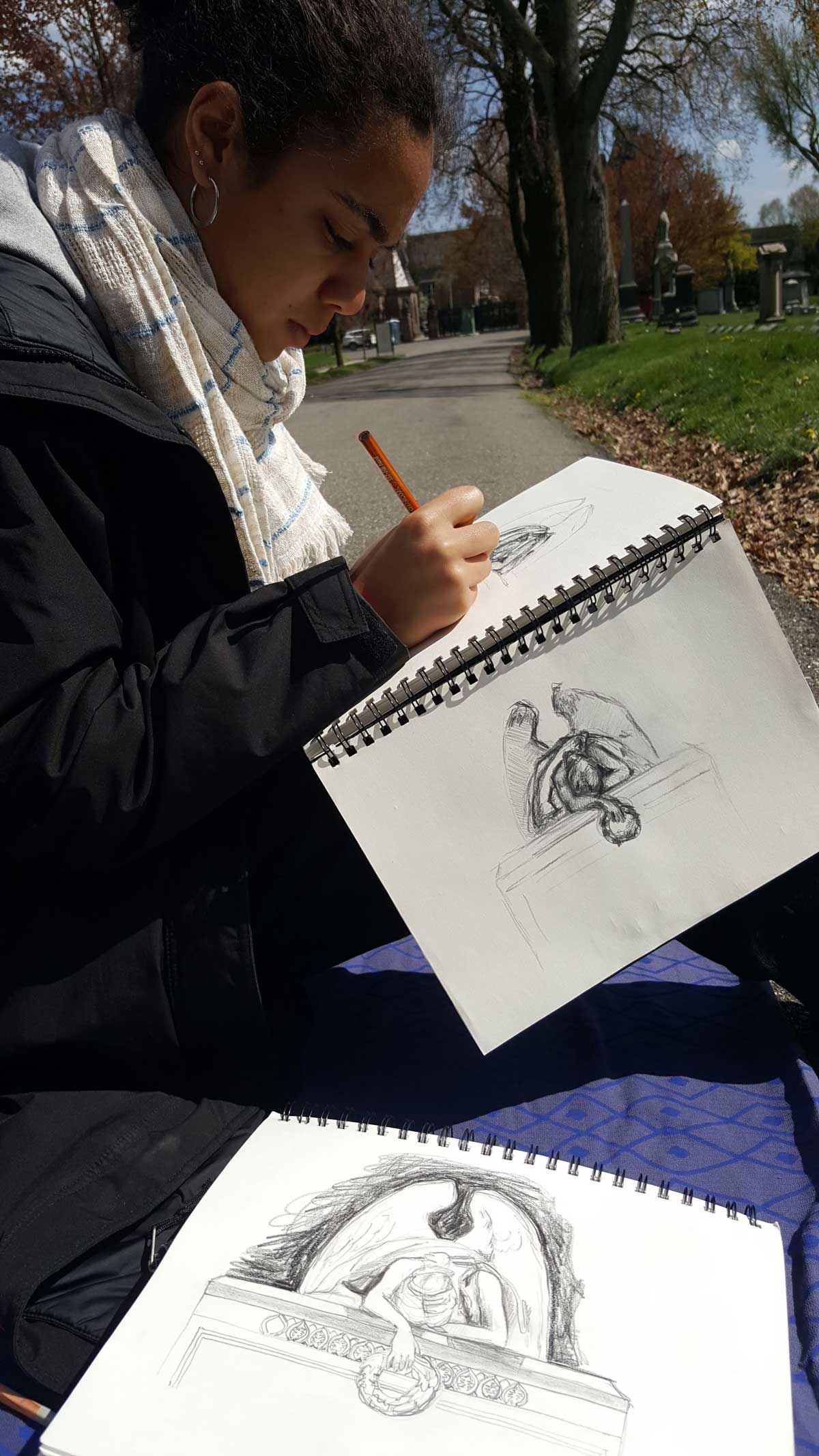
“Greenwood Cemetery is practically in our front yard! Their extended COVID-hours gave us the opportunity for long walks, watching the cherry blossoms and azaleas bloom, and drawing these beautiful statues. Sometimes just me and sometimes with my mom.”
Kya also explored other artistic mediums during her newfound free time. Making embroidery projects for school, and even a series of crocheted purses with buttons she handmade from clay, made us wish we could see these pieces in the Art Barn!
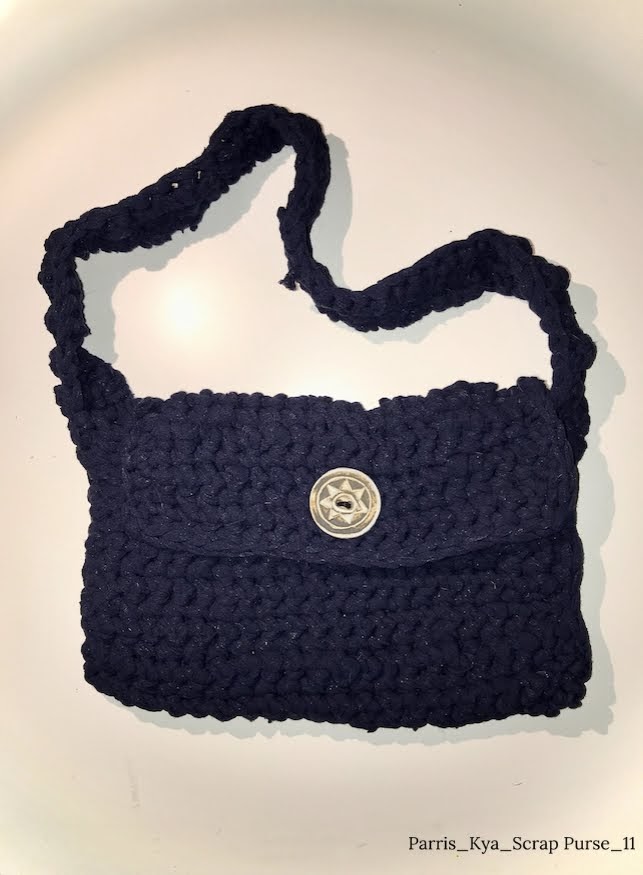
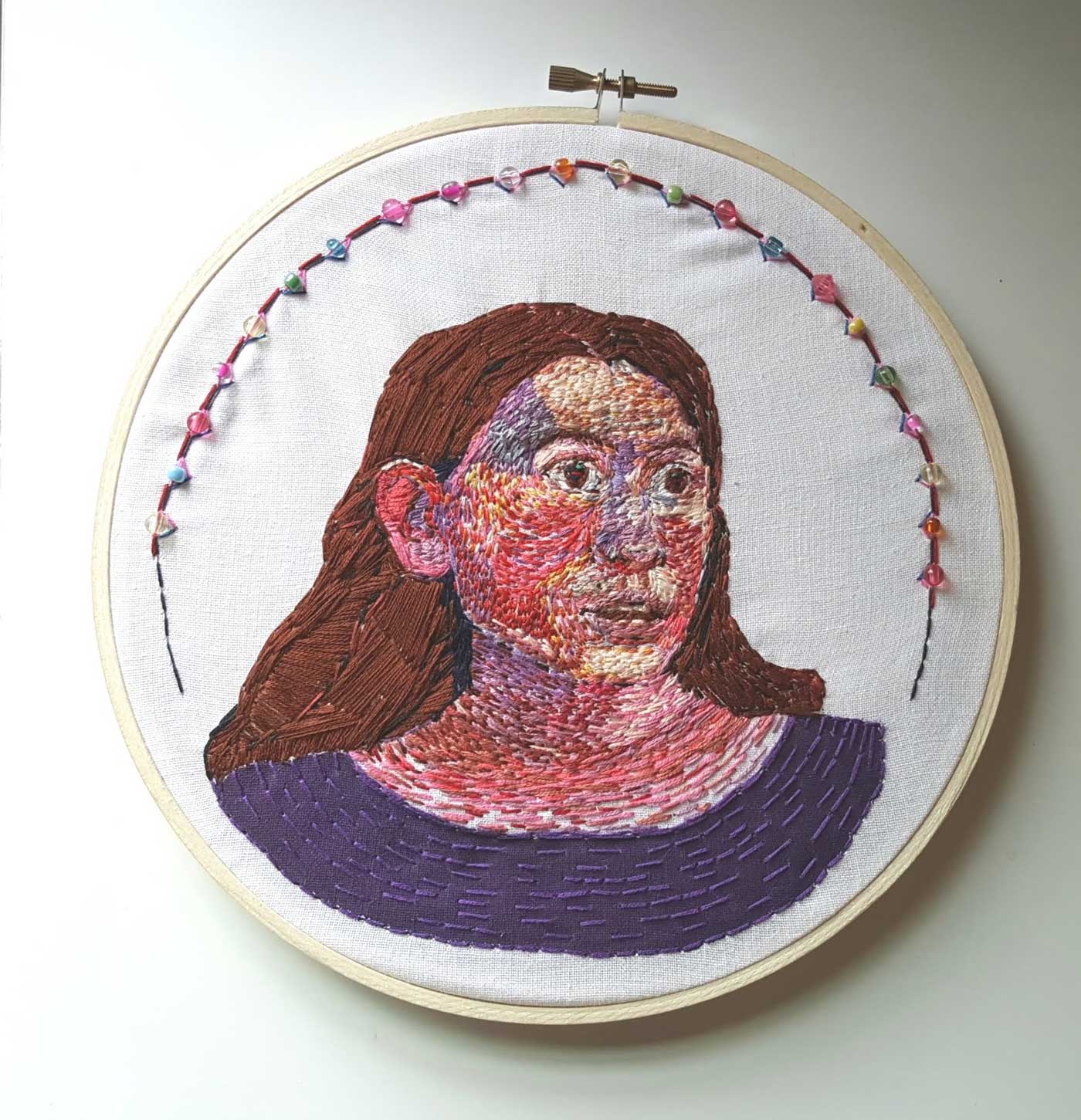
Kya’s mother, Janine Sopp, has also been a visiting artist at Ballibay for many seasons. Just like Kya, she created some beautiful work during the quarantine.
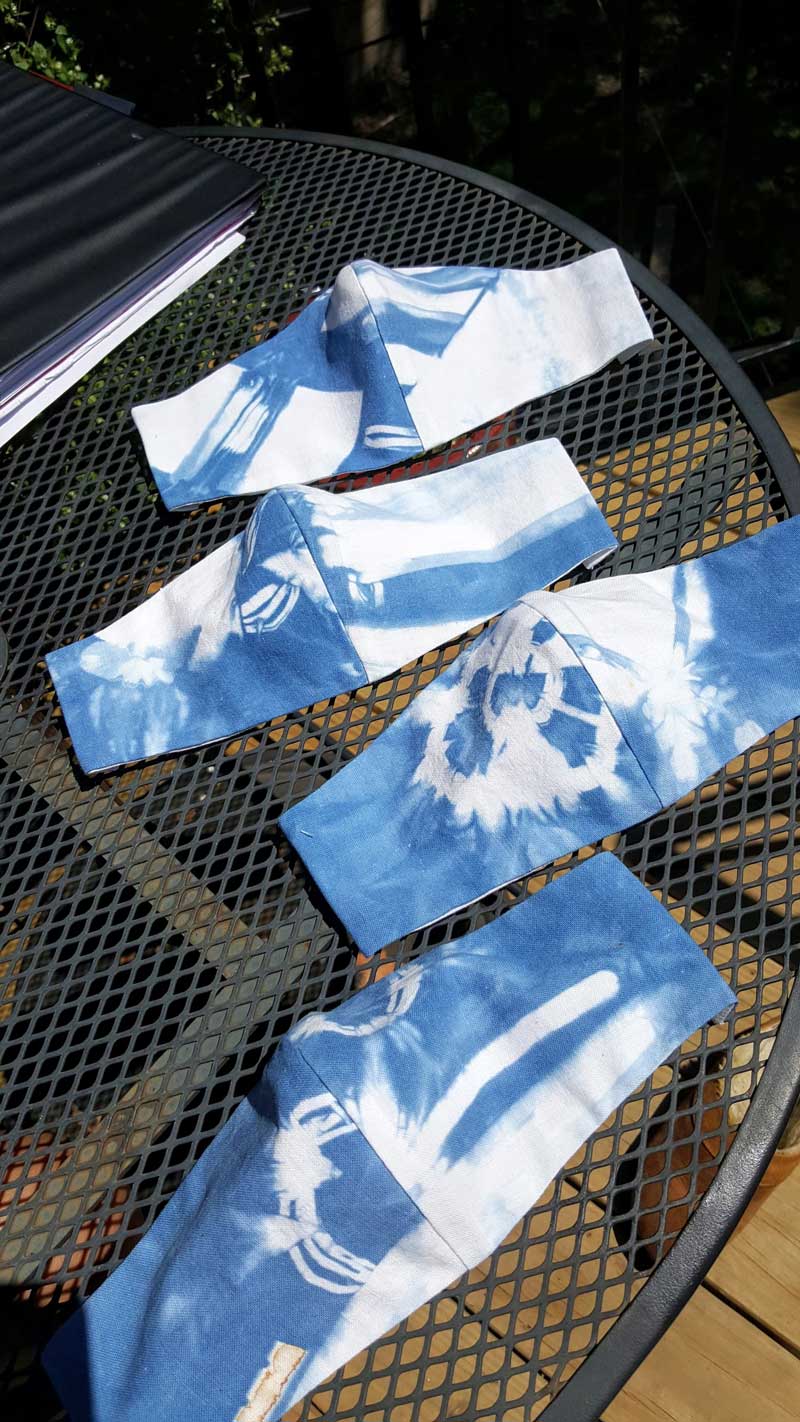
Masks by Ballibay Visiting Artist Janine Sopp
Janine created some masks with gorgeous shibori fabric she made with visiting artist Cathy Maguire two summers ago at camp! She also created a “quarantine series” of sculpture work, after rekindling her love of architectural design while working in her home. spending so much time in the same space had reminded her of her love of architectural work.
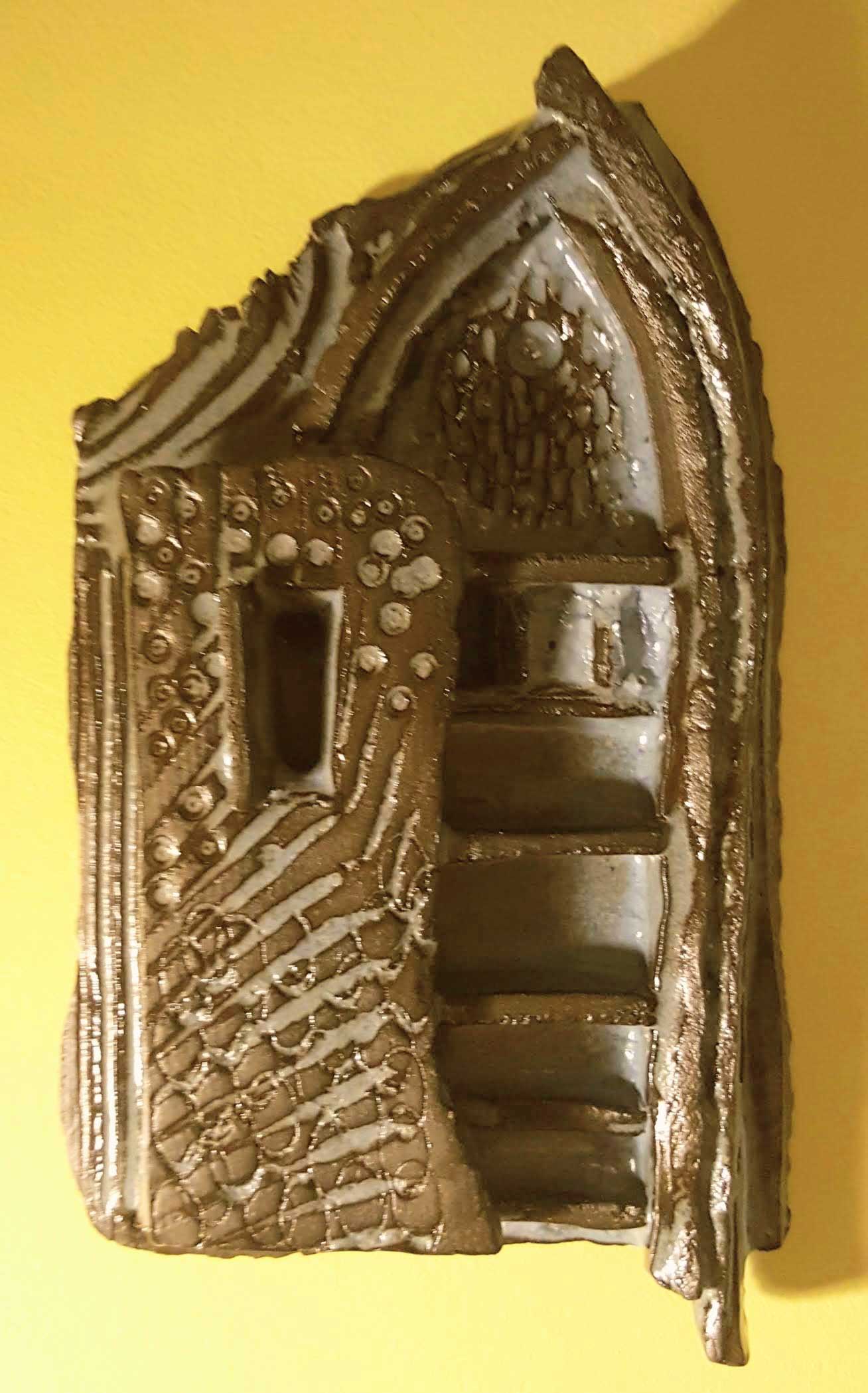
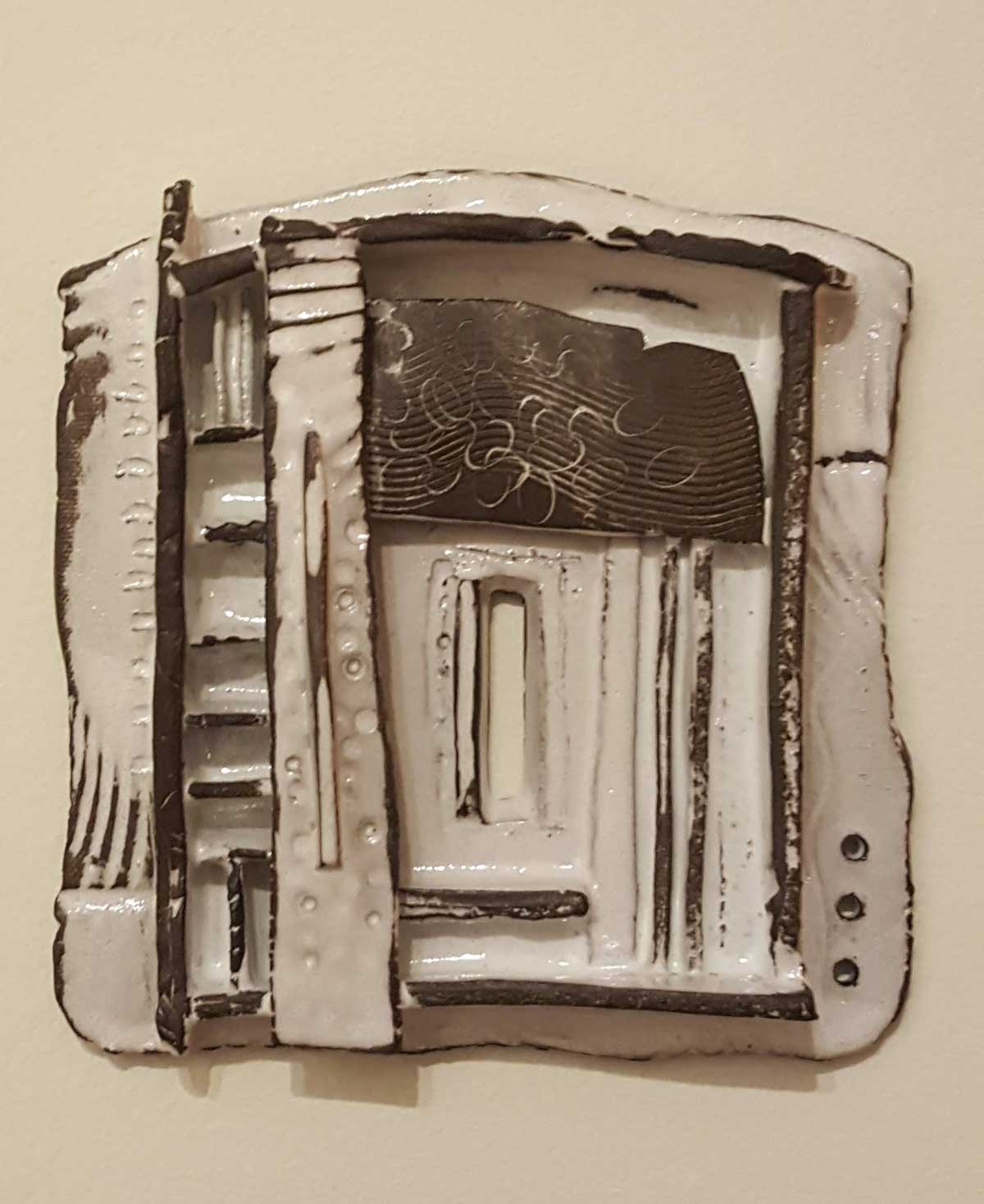
Sculpture from Quarantine Series by Ballibay Visiting Artist Janine Sopp
While we, of course, wish we could have been together this summer to create art in person, we have been so inspired by the work our community continues to create despite the ever-changing world we are living in, and the challenges we face. We cannot wait to be with you all in person again for Summer 2021, after a year of artistic growth and change.

